For years, Southwest’s interisland and mainland flights to Hawaii have been defined by a single-class cabin with fairly comfortable legroom. That has now shifted in significant ways. The airline is rolling out its new premium section with extra space plus USB A and C power at every seat. On our flights, the difference up front was noticeable, with more room to stretch, work, and relax.


The seating tradeoff.
To create room for the new rows and 34 inches of legroom, the standard seats are now 31 inches in pitch, instead of the 32 inches that were previously common. On longer mainland flights, that missing inch could make a noticeable difference.
The carry-on crunch.
Then came the real headache. Boarding quickly turned chaotic, the opposite of what you hope for on a Hawaii flight, and competition was unusually fierce with everyone eyeing the new rows. That rush was made worse by a tidal wave of carry-on bags shown in the lead photo.
Since Southwest now charges for checked luggage, it felt like nearly everyone brought two carry-ons. The overhead bins filled almost immediately, passengers doubled back through the aisles searching for space, and on one flight, the crew announced free gate-checking after the bins were full, while on the other flight, the request was for passengers not to put smaller items in the overhead bins at all.
It was unlike anything we had previously experienced on Southwest, or even compared with other Hawaii flights. Travelers across the system have been noticing a similar issue, reporting longer boarding times and an increase in last-minute gate checks than ever before. It is the flip side of the upgrade: the seats work, but the carry-on crunch does not.
How these new seats are different.
On the MAX 8 planes we flew, the first five rows had noticeably more space. It was 34″. That made it far easier to stretch out, use a laptop, or not feel pressed against the seat in front.
Power ports are now available at every seat, featuring both USB-A and USB-C ports, and they worked consistently throughout our flights. That alone is a long-awaited positive change for Hawaii travelers.
The tradeoff is that the rest of the cabin is tighter. Standard rows are now at 31 inches, which can feel especially cramped on a five-hour flight to or from the mainland.
How Southwest will sell them.
For now, Hawaii travelers can still grab these seats for free if they board early enough. That ends January 27, 2026, when Southwest moves to assigned seating. From then on, extra-legroom rows will be sold in the top Choice Extra bundle, with A-List members getting complimentary access within 48 hours of departure.


Our Hawaii flight experience
Both of our flights had the new layout. Up front, the extra space was obvious. We could open a laptop, charge it, and still feel comfortable.
The cabin itself looked fresher, with slimmer seats and more usable space. One aircraft was nearly new, while the other was an early MAX delivery that had been retrofitted; the difference between the two was hard to spot.
On interisland vs. mainland flights.
For interisland hops, the added comfort is nice but not essential. However, it really shines on longer mainland legs. A trip from Honolulu to Oakland or Kauai to Las Vegas in a standard 31-inch row could feel punishing, while the extra-legroom rows make all the difference between barely tolerable and comfortable.
What this means for Hawaii travelers.
Southwest’s extra-legroom retrofit is the biggest change to its Hawaii cabins since the airline first landed in the islands. Ticket prices are certainly far higher than when Southwest first shook up Hawaii with fares under $100. But, for the first time, there’s a visible divide between standard seating and something better.
On short interisland flights, the perk is nice, while on the long mainland legs, it is the difference between enduring and enjoying the trip.
For now, these seats are free if you board early enough. Starting in 2026, they will become part of Southwest’s new premium tier, leaving Hawaii travelers among the very first to decide whether paying more for a better seat on Southwest works.
The seats themselves deliver, but unless Southwest addresses the boarding and baggage issues that came with them, the upgrade will continue to feel like a mixed blessing.
We welcome your input! Please add your comments about Southwest Hawaii service below.
Lead Photo: Southwest boarding gate in Honolulu and carry-on luggage.
Get Breaking Hawaii Travel News
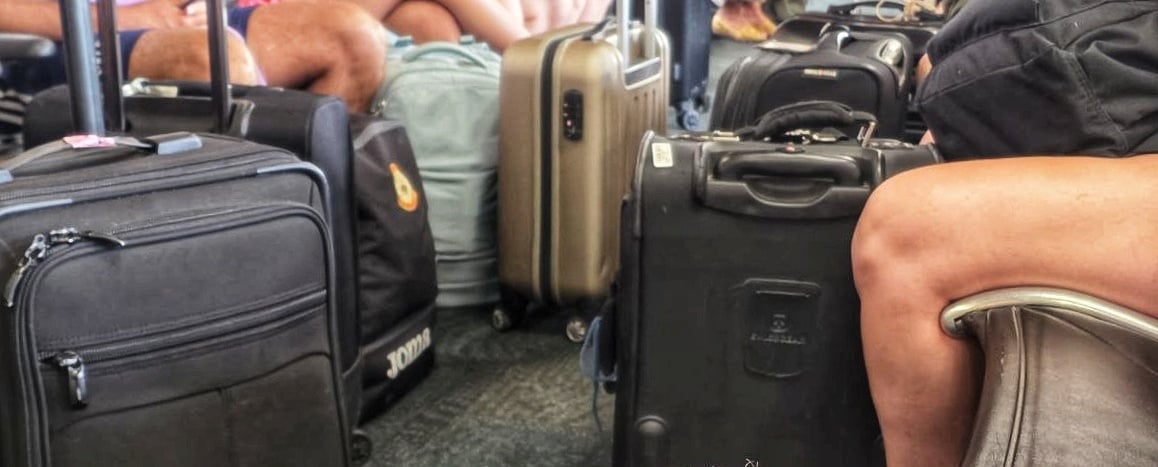
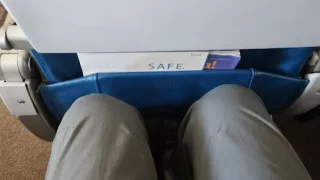
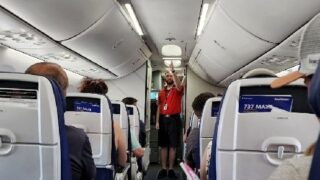
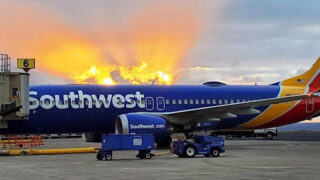
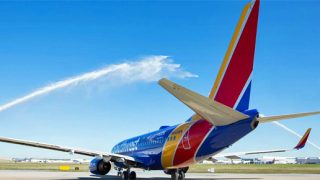
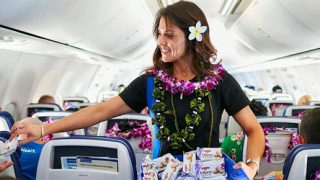
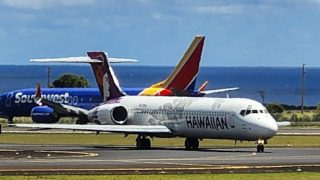
When the new people suggested that this is what the people want it knew then and there he’s another money guy who will streeeetch the truth for money. The brand is ruined and I a 35 yr flyer am changing my flying habits. Bad job sir you should be fired. But wait you can’t be your money backs your position up. Jokes on us.
re: Southwest New Seats
The chaos should reduce once assigned seats become the norm. For now, it is the old story of people wanting something for nothing in terms of premium seats. Best to ignore the feeding frenzy up front and go for the exit row seats.
I thought Southwest was going to assigned seating a while back?
Not until January 2026. And then, only after you have checked in at the 24-hour point or are an “A-List” customer, in which case it’s 48 hours.
Well, the carry-on and one “personal item” problem has now reached a new level. This has been abused by many pax for years, and lately has gotten worse. The airlines generally do not enforce size limits, and too often we have all seen flight attendants trying to stuff an over size carry-on into the overhead bins. And who hasn’t seen folks boarding with a hard case carryon And a large, bulging backpack as their “personal item”? That way the don’t have to check luggage. Flying Southwest, with narrower seats, reduced carryon space due to self interested pax, not such a great idea anymore. Maybe pay more and fly an airline with more room, if there is one.
Umm Hawaiian Economy Seats are way more narrow. I just flew on Air Canada and paid $200 per seat for extra legroom on their premium Economy seats and Southwest even now with 1 inch less had more leg room then both carriers. Let’s stop trying to make Southwest Airlines look so bad. Wait till Alaska changes more things at Hawaiian Airlines.
Many travelers play the system and get around paying for checked luggage by boarding last minute, finding no room in the overheads, and then getting free gate checking. Airlines tried to prevent this by putting those ridiculous size boxes at the gate, which nobody uses and gate agents don’t check. “Slimmer seats”? For a 5-6 hour flight, slimmer seats mean sore backsides and constantly readjusting your position. I wonder how many people are being turned off toward Hawaii vacations just because getting there and back is almost torturous.
I fail to understand why Southwest joined other airlines promoting jamming more carryons into the cabin. What little revenue baggage check fees generate, is offset by boarding induced delays and waste of capital and employee costs causing longer turnaround time, lowing scheduling efficiency.
Bag feels generate a whole lot more than “little” extra revenue.
United and American alone each generate in the neighborhood of a billion dollars a year from them, and amount that isn’t remotely offset by incremental revenue they get from business the lack of bag fees generate.
Bag fees were about 2% of American Airlines’ revenue last year. Some of those were from oversized or overweight bags. They could remove the baggage fees for standard bags and still have some revenue from baggage fees for non-standard bags. And with a little marketing, they could probably generate a lot more business from people frustrated by the new Southwest, etc. I don’t think that’s not far-fetched.
Unless you’re an airline industry economist, not sure you can say so definitively what the incremental revenue (and cost) effects would be from changing a baggage fee policy.
U.S. airlines earned $7.27 billion in checked baggage fees in 2024. That’s hardly a small number.